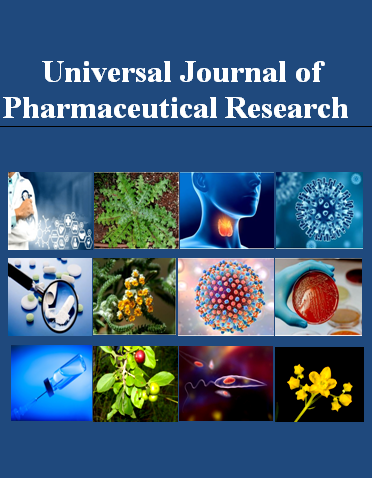SEROPREVALENCE OF VISCERAL LEISHMANIASIS AND ITS ASSOCIATED FACTORS AMONG ASYMPTOMATIC CHILDREN IN HADHRAMOUT VALLEY AND DESERT REGIONS, YEMEN
Keywords:
children, Hadhramout, immune-chromatographic assay, potential risk factors, prevalence, recombinant antigen K39, visceral leishmaniasis, YemenAbstract
Background and Aims: Visceral leishmaniasis (VL) is zoonotic and human illness produced by Leishmania species. Protozoan parasite is spread to the host vertebrate via sand fly female bite (Phlebotomus longipalpis), in which the infected promastigotes convert into amastigotes; and VL is associated with high fatality if left untreated. The aims of the current study were to uncover the prevalence and potential risk factors for VL in children in selected districts of Hadhramout governorate, Yemen.
Subjects and methods: Six districts were randomly selected from 24 districts in Hadhramout governorate as follows: Al-Sum, Al-Qattan, Tarim, Thamud, Seiyun, and Shibam. Then a target sample size of 400 children were randomly selected, 66 children were selected from each district except 70 children in Seiyun and they were selected from the selected schools and health centers. Serum specimens were assemble from all children to determine the rate of anti-VL antibodies in human by immunochromatographic assay using recombinant K39 antigen.
Results: The age of the children from 1-15 years, by a mean of 8.4±2.7 years. The positivity rate of Leishmania species antibodies by immune-chromatographic dipstick strip (rK39) was 5.8%. There was statistically considerable association connecting male gender and VL infection (8.0%, OR=3, CI=1.1-8.2, p=0.02). There was statistically important association linking older children (11-15 years( and contracting VL (9.1%, OR=2.6, CI=1.1- 6.2, p=0.02). There was a considerable association (<0.05) connecting the presence of rats, dogs, and goats in or around live houses and positive VL antibodies with an OR come to to 2.6, 3.7 and 2.8, respectively. There was no significant association between displacement or district location and incidence of VL.
Conclusion: Visceral leishmaniasis was highly prevalent in the desert and the valley areas of Hadramout among children, and visceral leishmaniasis potential risk factors were males, older children, dogs, rats, goats, litter, open sewers, and the presence of sand flies in the household.

Peer Review History:
Received: 6 October 2022; Revised: 12 November; Accepted: 25 December 2022, Available online: 15 January 2023
Academic Editor: Dr. Nuray Arı , Ankara University, Turkiye, ari@ankara.edu.tr
, Ankara University, Turkiye, ari@ankara.edu.tr
Reviewers:
 Dr. Bilge Ahsen KARA, Ankara Gazi Mustafa Kemal Hospital, Turkey, ahsndkyc@gmail.com
Dr. Bilge Ahsen KARA, Ankara Gazi Mustafa Kemal Hospital, Turkey, ahsndkyc@gmail.com
 Rola Jadallah, Arab American University, Palestine, rola@aauj.edu
Rola Jadallah, Arab American University, Palestine, rola@aauj.edu
Downloads

Published
How to Cite
Issue
Section

This work is licensed under a Creative Commons Attribution-NonCommercial 4.0 International License.









 .
.